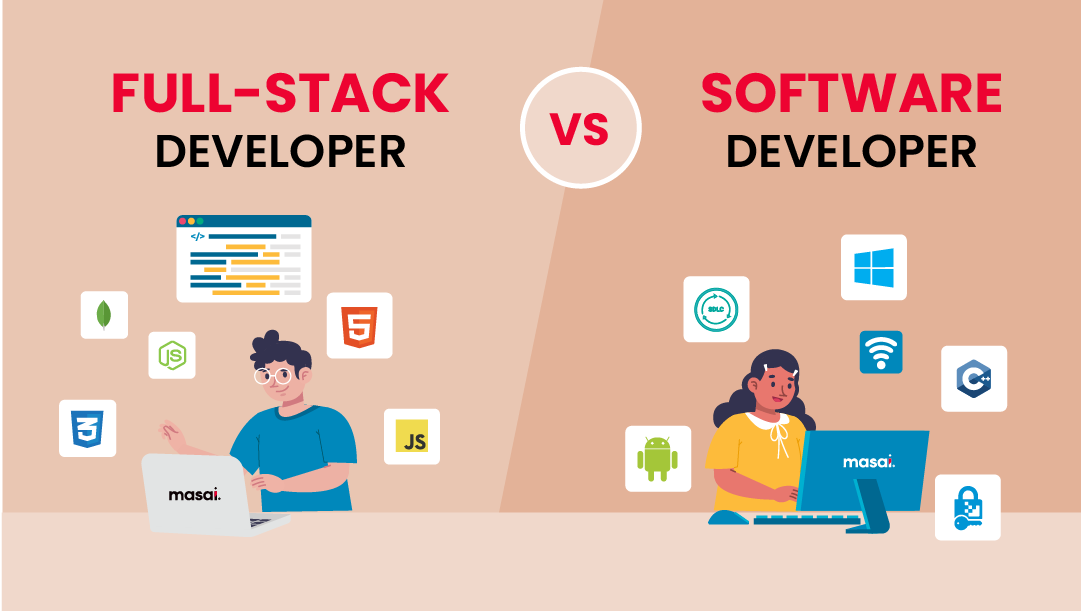Dedicated Developers vs. In-House Teams: Which Is Right for You?
The choice between using committed developers and keeping an in-house group is a significant one that can affect the trajectory of your tasks and total organization method. Conversely, internal groups contribute to a cohesive company society and a nuanced understanding of long-lasting objectives.
Comprehending Dedicated Programmers
The expanding demand for specialized skills in the tech market has caused the introduction of devoted programmers as a practical solution for lots of organizations. These experts are generally gotten on a job basis, allowing business to leverage certain proficiency without the lasting commitment linked with full time hires. Dedicated designers are typically ingrained within a client's team, giving adaptability and scalability to satisfy task requirements.
This design permits companies to access a global skill swimming pool, which is especially useful in a swiftly developing technical landscape. Committed programmers can be sourced from various geographical areas, ensuring that companies can find the appropriate skill established at competitive rates. They often bring a riches of experience and understanding, having actually functioned on diverse projects across various sectors.
Furthermore, specialized developers can focus solely on the jobs handy, enhancing productivity and effectiveness. They are geared up to incorporate effortlessly right into existing operations, collaborating closely with in-house groups to achieve project objectives. This approach not only decreases the concern of recruitment and training but also allows organizations to remain agile, adapting quickly to transforming market needs and technological improvements.
Benefits of In-House Teams

Additionally, in-house groups have a tendency to have a much deeper understanding of the company's objective, worths, and goals. This placement can enhance staff member involvement and motivation, as employee really feel a lot more connected to their work and the organization's success. In addition, having a specialized in-house team permits for much better alignment of techniques and purposes, as these members are regularly concentrated on the firm's priorities.
Internal groups also assist in quicker decision-making procedures, as they can react much more quickly to adjustments and obstacles. The established relationships and knowledge with company protocols enable streamlined process and minimized miscommunication. Inevitably, the mix of a cohesive society, positioning with business objectives, and reliable interaction makes internal groups a valuable asset for numerous organizations, specifically those aiming to grow long-lasting growth and advancement.
Price Considerations
When assessing price factors to consider, both devoted designers and internal groups present distinctive economic effects for companies. Involving specialized designers typically includes a pay-per-project or hourly rate design, which can be economical for services with changing project demands. This approach permits adaptability in scaling sources up or down, making sure that business just spend for the services they need.
In comparison, in-house groups involve repaired costs, consisting of incomes, benefits, and overhead expenditures such as workplace and devices. While this design uses higher control their explanation and immediate schedule of resources, it might cause higher long-lasting expenses, particularly if the work does not validate a permanent staff.
In addition, view it now companies must take into consideration the surprise prices related to recruitment and training of in-house workers, which can better stress budgets. In some instances, the time and resources invested on taking care of an in-house group can take away from the organization's core company purposes.

Project Administration and Adaptability
Job administration and flexibility are vital aspects that influence the selection in between internal teams and specialized developers. Committed programmers commonly provide a high degree of flexibility, allowing companies to range sources up or down based on task needs. This dexterity can be especially beneficial for businesses experiencing fluctuating work or those seeking to innovate swiftly. Devoted teams often have actually established processes for taking care of jobs effectively, leveraging specific techniques like Agile or Scrum, which assist in iterative progression and versatility.

Ultimately, the selection in between internal teams and specialized designers depends upon the preferred degree of versatility and the certain task monitoring demands. Firms must examine their functional characteristics, project intricacy, and resource availability to determine which option aligns best with their critical goals.
Making the Right Option
Picking the best growth method-- in-house groups or dedicated programmers-- requires a careful evaluation of different variables that align with a business's strategic goals. Conversely, in-house groups can give better continuity and combination with existing workers.
Following, review your spending plan. Committed programmers commonly offer a cost-effective remedy for short-term projects, while in-house groups might incur higher long-term expenses because of wages, advantages, and expenses expenses. Assess the level of control and collaboration desired; internal teams usually promote more powerful communication and placement with firm society.
If prompt results are required, specialized developers can be onboarded quickly, whereas building an internal team takes time for employment and training. If continuous growth is important, spending in an in-house group may generate much better returns over time.
Final Thought
In conclusion, the decision in between dedicated programmers and internal teams hinges on task requirements and business goals. On the other hand, internal groups cultivate a cohesive society and deeper positioning with lasting objectives.
The decision between utilizing committed developers and maintaining an in-house team is a substantial one that can affect the trajectory of your projects and total company strategy.Project management and adaptability are essential aspects that affect the option between internal groups and specialized developers. nearshore software development.In contrast, internal teams may stand out in maintaining a constant task administration popular ecommerce websites framework due to their knowledge with the organization's culture and lasting goals. Committed designers often provide an affordable remedy for short-term jobs, while internal groups may sustain greater lasting costs due to salaries, benefits, and expenses prices.In conclusion, the choice between specialized developers and in-house groups pivots on task needs and organizational goals
Comments on “Discover the Benefits of Nearshore Software Development for Your Team”